Why is color theory essential?
Color theory is the science and art of using color and explaining how people perceive color and visual effects such as blending, blending, or contrasting colors. Color theory also includes the messages that colors communicate and the methods used to replicate color. In color theory, colors are arranged in a color wheel and divided into 3 categories: primary colors, secondary colors and tertiary colors.
Is it important for logo creation, an advertisement, a branding campaign or just a modest business card, the palettes you decide are just as decisive as the information you integrate. For example, in product design, you need to have a solid understanding of how color will affect the core consumer.
Colors can be too strong. They arouse our emotions, spread personal and cultural words, and specify the weather. While individual colors say a lot by themselves, most of what we understand in the world involves more than one color. The idea of how these colors work together is called color harmony.
Have you ever stopped to see that bright yellow stands out against green moss? While certain color combinations come naturally, sometimes choosing one’s color scheme for other companies without thoughtful branding can be a little daunting. Learning basic color theory can help structure the color choice process and lead to more harmonious colors for your logo design.
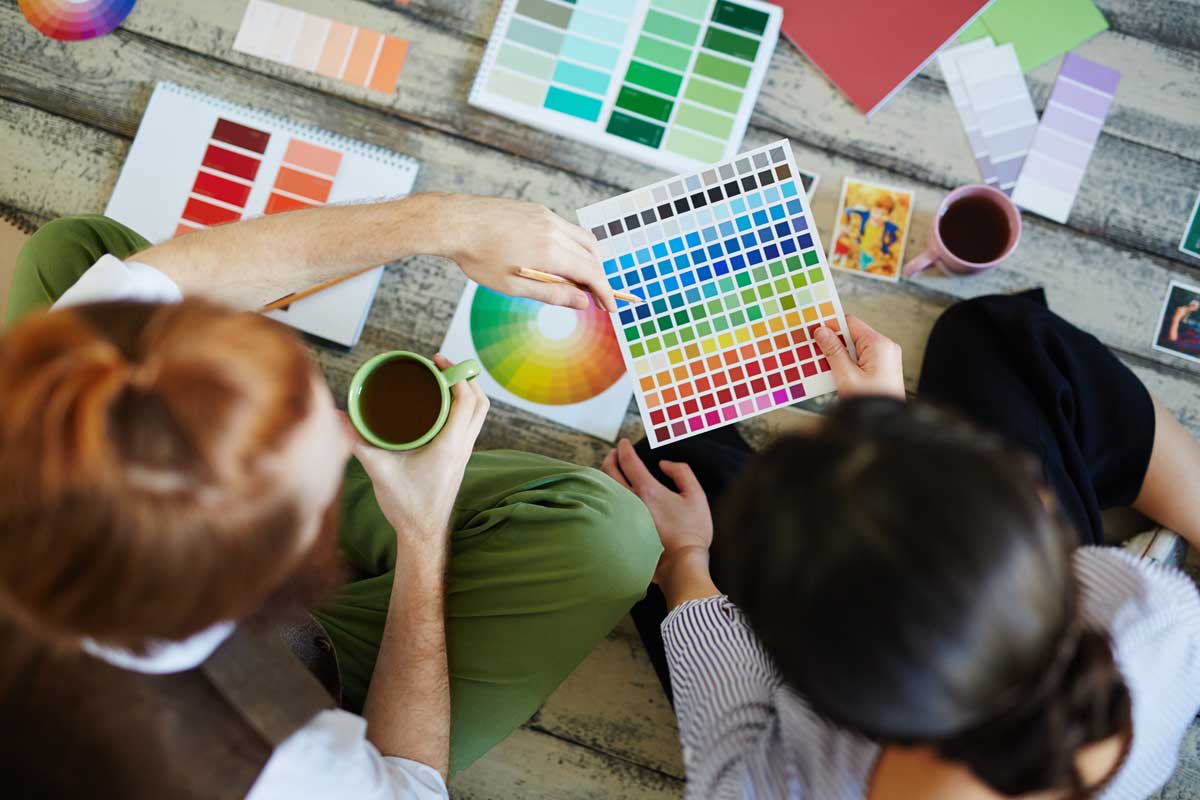
Basic Fundamentals
The first color wheel was designed by Sir Isaac Newton in 1666, it is still widely used by artists and designers and they use it to develop harmonies, combinations and color palettes.
The color wheel consists of three primary colors (red, yellow, blue), three secondary colors (colors that are created by mixing primary colors: green, orange, purple) and six tertiary colors (primary colors and eg blue, green or red, violet). and warm colors (red, orange, yellow) and cool colors (blue, green, purple).
The basics are the color system that determines colors based on three color properties: hue (base color), chroma (color intensity), and value (brightness).
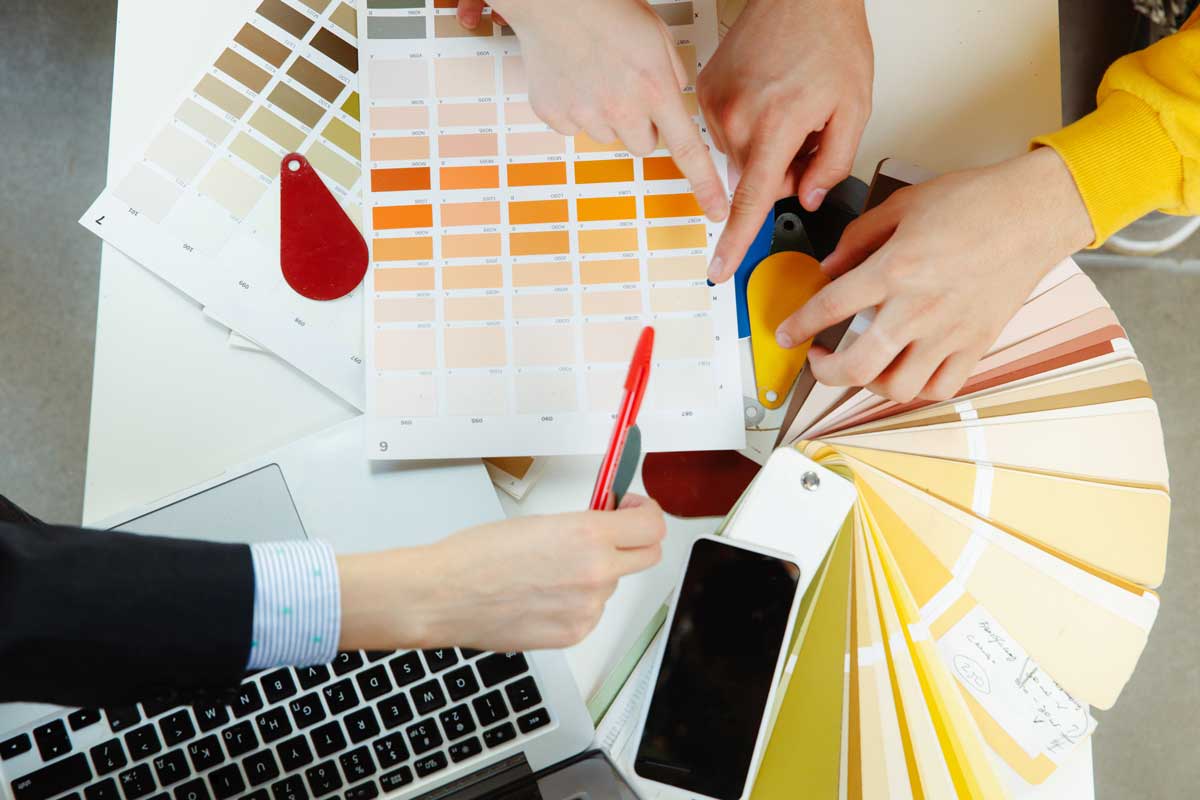
Hue
Hue is a term that sounds more complicated than it actually is. She’s just a color. To be more exact, a hue could be any color.
Saturation
In the HSL color system, saturation is the correlation of color amount to the average gray color. So the less gray there might be in the color image, the more saturated it tends to appear. In the model, luminosity is an attribute of the color independently of its degree of purity.
Brightness
Informs whether the color is dark or light, alternating between black and white. Which gives us so many options, such as a deep opaque green or a pastel orange.
Proportions of Matching Colors
When formulating a color palette, you can hire the service from Henderink
or merge the colors and create color palettes that contain a professional look. Try playing with the palette and create your own interpretation. That’s the purpose of these combinations: to show a starting point that you can clarify and aspire to.
A very powerful tool for creating color palettes is the Adobe Color. It creates tones and, from its participatory display, you are able to customize the color palette the way you dream.
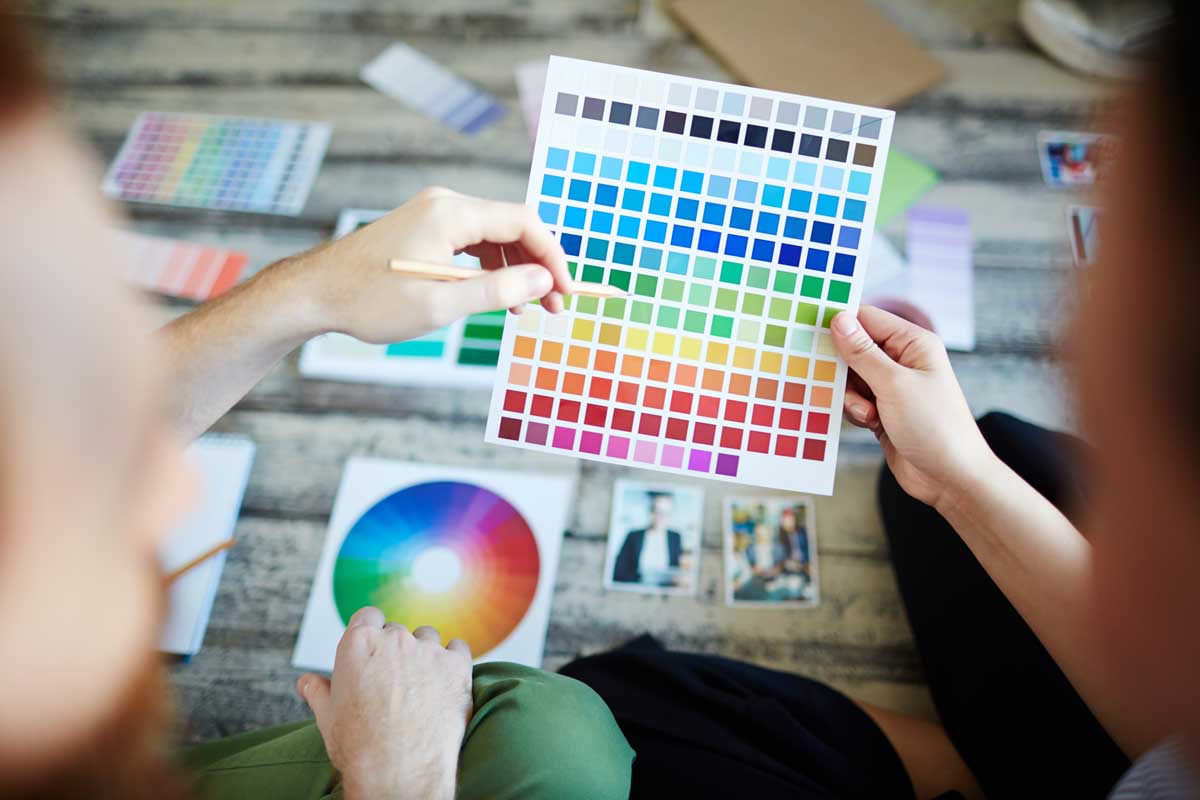
Color Combinations
Monochrome
Monochrome color schemes are easy to create because they only use one color. Monochromatic schemes use different tones from the same angle on the color wheel ie the same tone and are arranged with neutral colors, black and white, however for some people it can be a little complex when using this harmony, and sometimes it ends up blurring the most important elements.

Analog
With the analogue blending, the following colors are selected from the color wheel, for example orange yellow or purplish blue, it consists of a primary color combined with two neighboring colors on the color wheel. Analogous harmonies are easier to create than monochromatic ones, but they have to be richer in color.
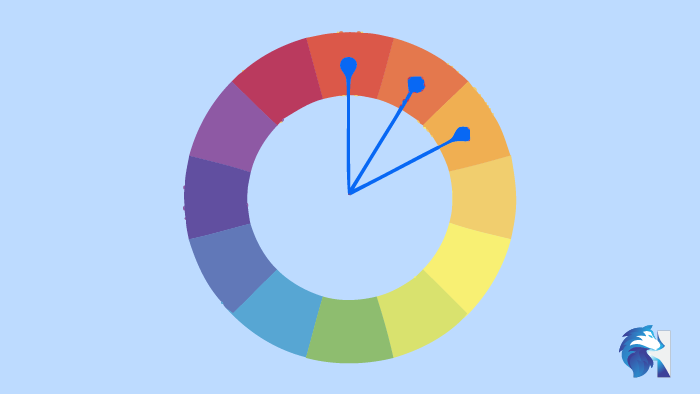
Complementary
It is the combination that occurs when we link opposite colors on the color wheel. It is crucial when using this reconciliation, determining a main color, and using the complementary one for accents and accents.
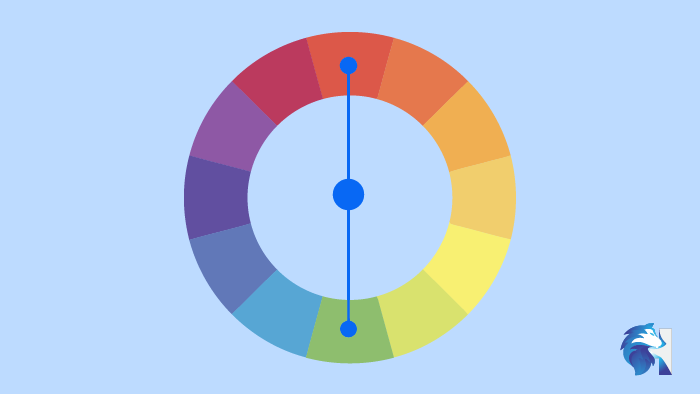
Triadic
It is the combination where we use three parallel colors on the color wheel is a triangle formed on the color wheel. This arrangement is triadic consisting of evenly distributed tones around the color wheel giving balance to the palette.

Split Supplements
Split complements are almost identical to complement schemas. Instead of using opposite colors, use colors on both sides of the opposite hue. Makes a beautiful palette with less intense contrast than the complementary blend.
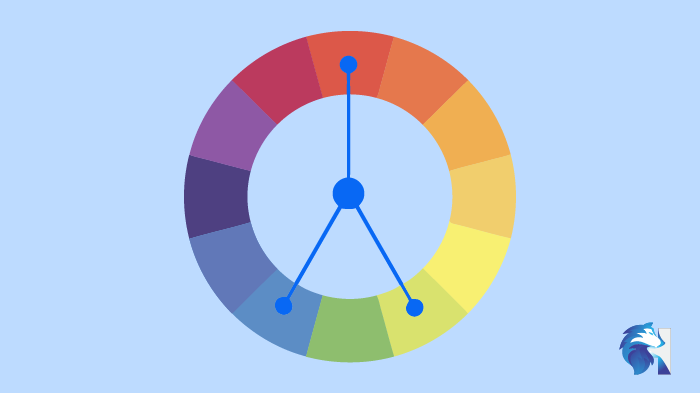
Tetrahedral
A tetrahedral color harmony creates a rectangle within the circle, so it uses not just one but two additional color pairs. This system acts superior if you provide one color as main and the other three as collaborators.

Conclusion
Did you already know any of these color combinations from the design? Share your opinion with us! If you are looking for professionals to develop your design projects with results, we invite you to get to know the Henderink!







 Português
Português